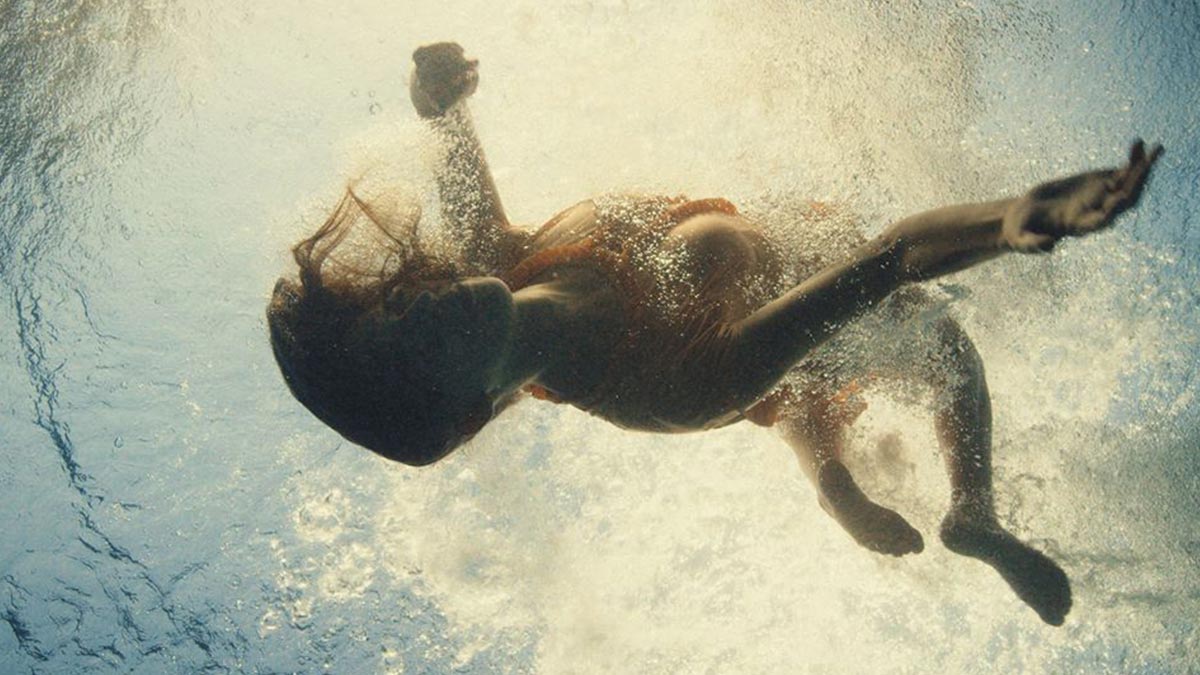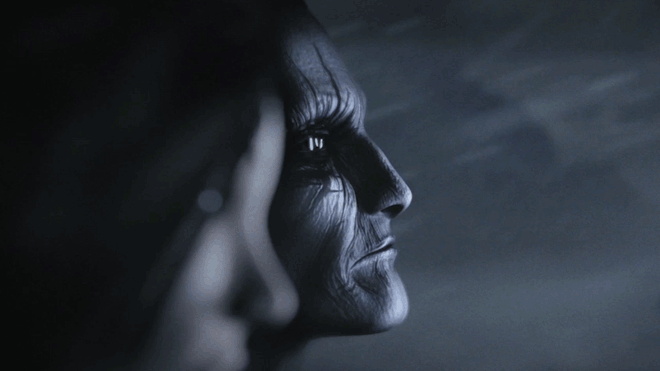A genre-blurring documentary about the profound encounters between humans and nature at its extremes.
The Storm Chaser is a labor-of-love short film project from writer/director Jack Pirie. The film follows storm-chasing legend Thomas Traversa as he embarks on a perilous journey in search of a mythical storm, the likes of which the world has never witnessed. A genre-blurring documentary about the profound encounters between humans and nature at its extremes.
The film is a natural follow-up to Jack’s film The Superman following free-diver Francisco Del Rosario. The film was picked up by festivals and TV networks worldwide including Nat Geo, RTL, CNN, Bermuda and Patagonia Film Festivals and also secured a coveted Vimeo Staff Pick.
Can you tell me a little bit about The Storm Chaser, how did this documentary come about?
I love making films that explore the dramatic and profound encounters that take place between humans and nature at its extremes. I found Thomas after seeing a few videos of him online, and was immediately drawn to his unique perspective and the elegance of what he does within these extreme conditions. For Thomas, it felt like riding in the eye of a storm wasn’t about personal accomplishment, it was more of a chance to experience nature in flow and at its extremities, reconnecting with the ‘rhythm of life’. This resonated with me. I wanted to take that and create something that had the feel of a mythical and psychological quest, drawing on the film noir/suspense genres, and blurring genre boundaries.
A few years back I made a passion project called The Superman with a friend of mine that got some traction online including a Vimeo Staff Pick, and was a similar blurring of fiction/fantasy/spots/documentary genres. As a result of that, and some other recent films I’d been making, I managed to get some funding to make this film, with the support of a brand who have done some ad spots with Thomas alongside it.
What was the biggest challenge for this film?
The shoot had to be pieced together much like Thomas chases a storm in real life – tracking weather maps in locations around the continent, searching for the right conditions to film and the right window. We didn’t have big commercial budgets to have crews on standby so everything was done with a tiny unit, moving at lightning pace, with Lucy our Producer trying to keep the whole thing on track. There’s no greater joy for me than when the experience and feeling of a shoot parallel the narrative you are telling; that sense of living the story. This was a perfect example. But it also made it a total and complete nightmare to shoot.
Key to the vision of the film was to try and take the audience inside the storm, and really immerse you in it as Thomas feels it. Will Billany (DOP) and I talked a lot about how to achieve that. We wanted the windsurfing cinematography to feel truly dynamic and keep the camera moving, steering away from the static long-lens work you see used in competitions/on TV a lot. We didn’t want perfection, we wanted that visceral roughness: spray, water on the lens. But getting a decent camera into those conditions is extraordinarily complicated, not to mention dangerous if not done properly and with people who know what they’re doing, so we had our work cut out for us.
There’s something about filming in the sea that is the epitome of chaos (even more so when you’re waiting for storm conditions…). No matter how much preparation you do, at the end of the day you can only really strap in and let nature dictate the day. We would sometimes be sitting for three hours just waiting for both the wind and waves to line up for a single shot. Then when the moment arrived, the drone would breakdown or refuse to fly, leaving us swearing into the wind. I’m not sure I can mentally face filming with a drone again after this shoot. It took a co-ordinated effort between Will, Jamie (our windsurfing cinematographer) and Pierre our jetski driver, to finally nail the shots.
What has this film taught you about filmmaking?
I would say that it re-taught me a sense of humility and patience! We were completely at the mercy of the conditions when making this film – and would often would spend hours just waiting for things to line up – the wind, the waves, the sun, the clouds… As someone who likes to move quickly on shoots, it was humbling (and aggravating…) to have to move at an opposite pace, and really try to land each and every moment when it finally appeared. You learn a lot working like that.
Do you have any tips or advice to offer fellow filmmakers?
If you’re ever shooting action sports on the water, plan on the basis that whatever you do it will ultimately be total chaos. But also very rewarding and thrilling!
Which films or documentaries can you say directly inspired this film?
All sorts of things across scandi-noir, thriller and suspense genres… Jonathan Glazer’s work was definitely a big inspiration – the mythical and ethereal quest he captures in Green Knight along with those haunting landscapes. And of course perhaps obviously – his Guiness advert. That ad blew my mind when I was growing up. Studying it later, it wasn’t necessarily the epicness of it that I loved but how much of the visceral and human sensation he captures within the ferociousness of that wave, which is insanely hard to actually do naturally in these conditions and without it feeling false. It’s a great blending of genres, and beautifully constructed.
I remember reading about his process for that Ad. Though he had a gigantic huge budget it sounded like the shoot was still a total ‘mare with crew members all falling off the boat in between takes as it devoured by the waves, which made me feel a bit better about what we were doing which felt similarly on a knife edge at times. There are some things that quite rightly you just can’t tame, no matter the money involved!




